Eco-Friendly Concrete: Sustainable Practices and Materials
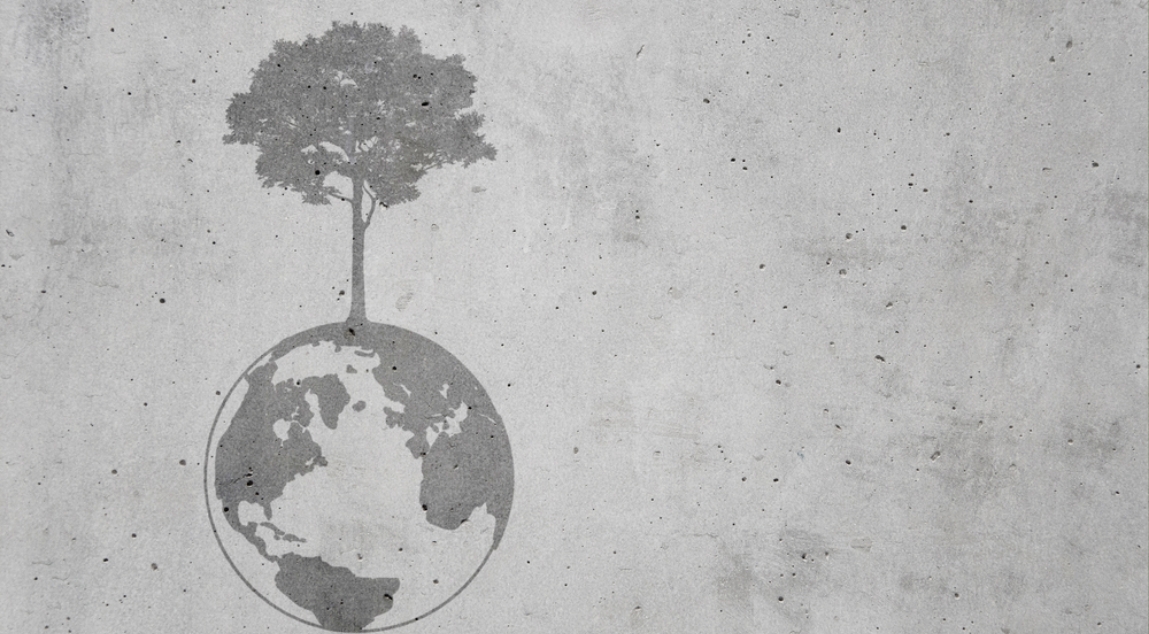
Concrete, one of the most commonly used materials in the construction world, is more incredible than its humble appearance lets on. Known for its durability, versatility, and cost-effectiveness, concrete is a cornerstone in the building industry. However, there’s a side to concrete that often remains unmentioned – its environmental impact.
With a growing concern around the environmental impact of construction, it’s important to consider how your building practices play a part. In this article, we’ll detail how you can maximise your eco-friendly practices when it comes to laying, repairing and maintaining concrete surfaces, contributing to sustainable construction practices.
Choose Low VOC Concrete Products
Volatile Organic Compounds, commonly known as VOCs, are harmful gases that are emitted by certain solids or liquids, including some types of concrete. These compounds present a significant hazard, not only to the environment but also to human health. High levels of VOCs can trigger a range of health issues, from eye, nose, and throat irritation to more severe conditions like liver, kidney and central nervous system damage. They also contribute to environmental pollution and are a driving factor in the formation of ground-level ozone, a key component of smog.
For these reasons, the shift towards low VOC concrete products in the construction industry is not just beneficial but crucial. But what exactly differentiates low VOC concrete from its high VOC counterpart? The answer lies in the composition. Low VOC concrete products are specifically formulated to minimise the emission of VOCs into the atmosphere.
Obviously, you don’t want to compromise the quality of your construction by opting for a low VOC product. No need to worry! Low VOC concrete products maintain the same strength, durability, and versatility as traditional concrete. In fact, they often come with added benefits such as improved resistance to moisture, chemicals, and UV radiation, which further enhances their longevity.
If you’re looking for a low VOC concrete product, it’s quite simple to find them. Most products will have it mentioned clearly on the label. If you’re not sure, you can discuss it with the manufacturer or concrete product supplier.
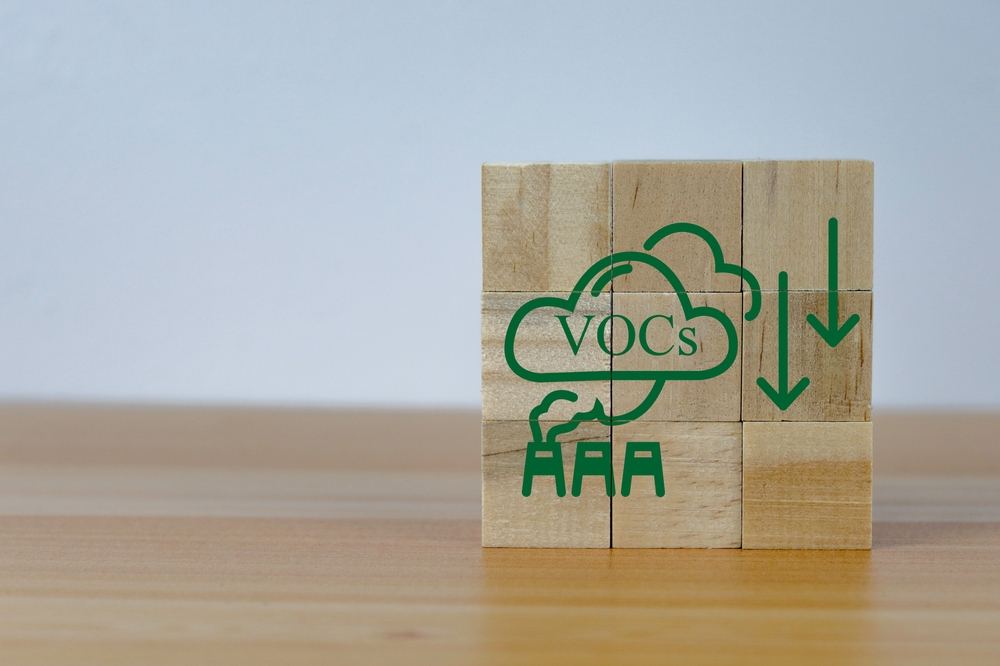
Repair and Redesign with Spray-on Concrete and Stencils
The traditional methods of concrete repair, which often involve breaking down the damaged structure and pouring fresh concrete, can generate a significant amount of waste. Not to mention, the need for new materials can exacerbate the environmental impact. But as we move towards more sustainable construction practices, innovative techniques like spray-on concrete and stencilling are gaining traction, offering a more eco-friendly alternative.
Spray-on concrete is a process where a mixture of concrete and water is sprayed onto a surface. This method allows for a precise application, ensuring that only the necessary amount of concrete is used. The precision reduces unnecessary wastage, making it a more sustainable option. Because it adheres to the existing surface and conforms to any shape, spray-on concrete is an excellent solution for repairing complex or irregular structures.
But what if the concrete surface isn’t damaged but just a little outdated? That’s where stencilling comes in. Stencils can be used to help you add patterns or designs on existing concrete surfaces, giving them a fresh, modern look. Instead of tearing down and replacing old concrete—which can be resource-intensive—stencilling allows you to give a new lease of life to your existing structure.
When it comes to durability, there’s no need for concern. Spray-on concrete undergoes a process of compaction during its application that results in high strength and durability. It’s also resistant to weathering and erosion, especially when sealed properly, which we’ll discuss in a later section of this article.
Preserve Existing Concrete Structures
Concrete, despite its durable nature, requires regular maintenance to extend its lifespan and retain its strength. The first step in this process of preserving traditional concrete structures is sealing.
Sealing is the act of applying a protective layer on the concrete surface to shield it from external elements. While sealing might seem like an additional cost, it’s an investment that pays off in the long run. It aids in combating the damaging effects of weathering and erosion, two of the most damaging effects concrete can encounter during its life cycle. The sealing process acts as a barrier against moisture intrusion, reducing the risk of cracks, flaking, and efflorescence.
If you’re wondering what type of sealer to use, the answer largely depends on your specific requirements. There are a number of types of concrete sealers available in the market, from penetrating sealers that offer invisible protection and maintain the natural look of the concrete, to film-forming sealers that enhance the colour and give a glossy finish. Remember, it’s not just about aesthetics, but also about providing the best protection to your structure. As we emphasised earlier, choosing low VOC products is crucial for a healthier environment. This applies to concrete sealers as well.
Now, let’s move on to the maintenance aspect. Regular maintenance of concrete structures isn’t just about fixing cracks or chips, it’s about proactive measures to prevent such issues from cropping up. This involves regular cleaning to remove dirt and stains, reapplying sealers when necessary, and monitoring the structure for any signs of distress.
If you find your concrete surface looking worn out, don’t be quick to replace it. As we discussed earlier, techniques such as spray-on concrete and stencilling can breathe new life into old concrete surfaces, saving resources and reducing waste.
Other Tips: Recycling and Energy Efficiency in Concrete Practices
Aside from choosing low VOC products, spray-on concrete and taking good care of existing concrete, there are other steps you can take to undertake eco-friendly concreting. Two such practices are the use of recycled concrete and the incorporation of concrete’s unique thermal properties in energy-efficient designs.
Recycled concrete is not a new concept, but its potential in sustainable construction is often overlooked. By crushing used concrete into aggregate for fresh concrete or other construction materials, we can significantly reduce the demand for virgin materials. This practice not only helps conserve limited natural resources but also helps to manage construction waste more efficiently.
However, it’s important to note that the quality of recycled aggregate can vary, depending on the original concrete’s quality and the recycling process. It’s important to source recycled concrete from reputable suppliers who adhere to stringent quality control measures for their raw materials.
In addition to recycling, concrete’s thermal mass can be leveraged to create more energy-efficient designs. Simply put, thermal mass refers to a material’s ability to absorb, store, and release heat. In construction, this means that a concrete building can stay cooler in summer and warmer in winter, reducing the need for energy consumption to power artificial heating and cooling.
This characteristic of concrete can greatly contribute to the development of passive solar design – a design approach that takes advantage of the local climate to maintain a comfortable temperature range in a building. This results in lower energy consumption, reduced utility bills, and decreased carbon emissions.
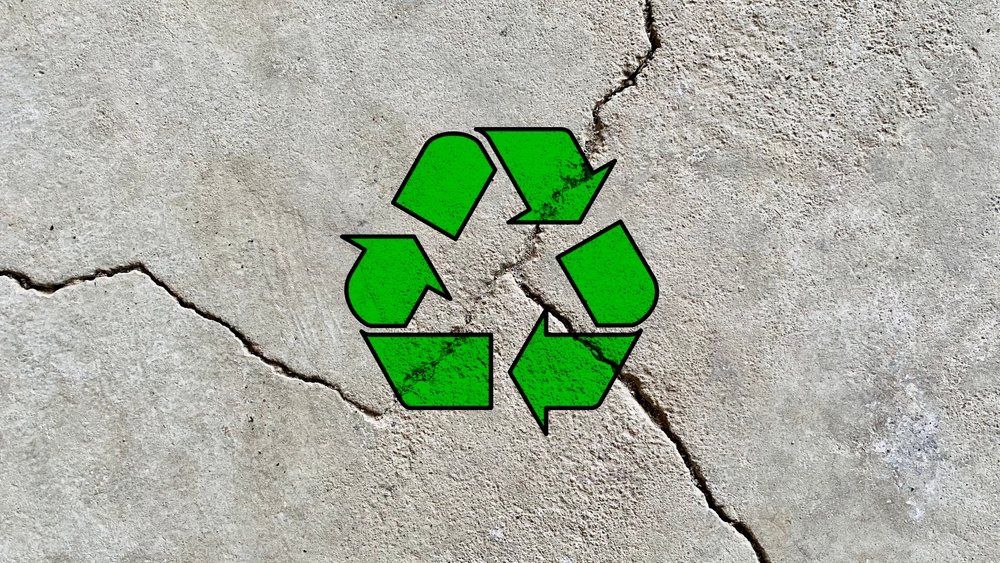
Frequently Asked Questions About Sustainability in Concrete
When we think of sustainability, concrete is not the first material that comes to mind. However, concrete’s inherent properties make it a surprisingly sustainable choice. Durability is a significant aspect of its sustainability; concrete structures are built to last, reducing the need for replacement or repair. This longevity means less resource consumption over time.
In addition to durability, the local availability of concrete contributes to its sustainability. The natural resources needed for concrete can be found virtually anywhere, which decreases the need for transport. This, in turn, significantly reduces the associated emissions, contributing to a smaller carbon footprint.
Concrete is also highly recyclable. It can be broken down and the recycled materials can be used as aggregate in new concrete or other construction materials, reducing waste. Lastly, the thermal mass of concrete helps in regulating indoor temperatures, decreasing dependence on artificial heating and cooling, promoting energy efficiency.
Identifying low VOC concrete products can be a bit of a challenge, but it’s crucial for reducing environmental harm and health risks. The key is to look for a ‘Low VOC’ label on products. Most companies will proudly display that their products are low VOC, making it easy for you to make an environmentally responsible choice.
Innovation in the concrete industry has led to techniques like spray-on concrete and stencils, which can significantly reduce waste. Spray-on concrete allows for a precise application, minimising waste and reducing resource usage. It’s perfect for repairs, as it can be applied directly to the damaged area, eliminating the need for extensive replacements.
Similarly, stencils offer a way to redesign existing concrete surfaces without replacement. By using stencils, old concrete surfaces can be given a refreshed appearance, conserving resources and reducing waste.
Maintaining your concrete properly can extend its life significantly, reducing the need for replacement and the associated resource usage. One crucial aspect of maintenance is sealing. Regular sealing can protect concrete from weathering and erosion, factors that can degrade its structural integrity over time. Click here to read our guide on sealing your concrete surfaces.
Concrete: A Sustainable Solution to Modern Construction
In today’s era of heightened environmental consciousness, it has become essential to incorporate sustainable practices into all aspects of life, including the construction industry. Concrete, with its inherent durability and versatility, offers a surprisingly eco-friendly alternative to other construction materials. With proper application, care and repair, your choice to use concrete can support your eco-friendly values.
For those looking for eco-friendly concrete supplies in Melbourne, Australian Slate-Crete Supplies is the number one choice. From stencils to sealers to spray-on concrete accessories, we have everything you need to complete your next concreting project while causing minimal impact to the environment.
With decades of experience backed by a passionate team, we can answer any questions you may have. To discuss your specific needs or place an order, contact us today.
-
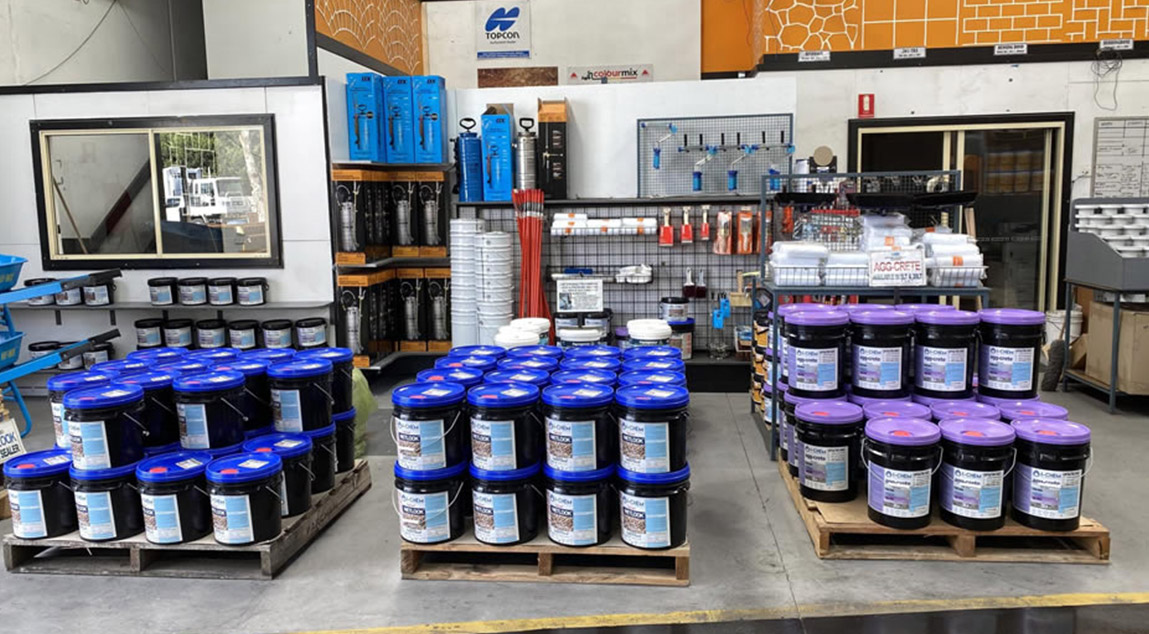 February 4, 2022Sandstone Concrete Stencil
February 4, 2022Sandstone Concrete StencilDo you want to add a touch of luxury and elegance to your concrete projects? If so, then consider using sandstone concrete stencils!
Read More -
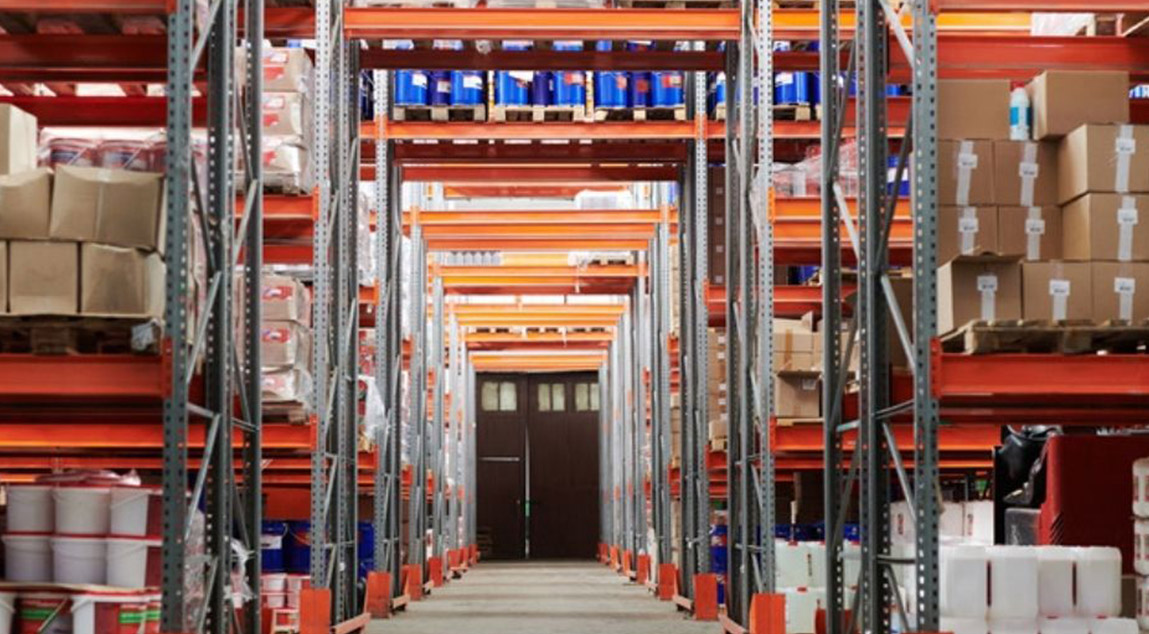 February 4, 2022Gloss Brick Sealer
February 4, 2022Gloss Brick SealerGloss brick sealer is a wonderful material for adding a brilliant shine to your brick slip wall feature.
Read More -
 February 4, 2022Bluestone Concrete Sealer
February 4, 2022Bluestone Concrete SealerIn a broad sense, the term “bluestone” is sometimes used to refer to a variety of stones. It’s a marketing term rather than a geological one.
Read More
